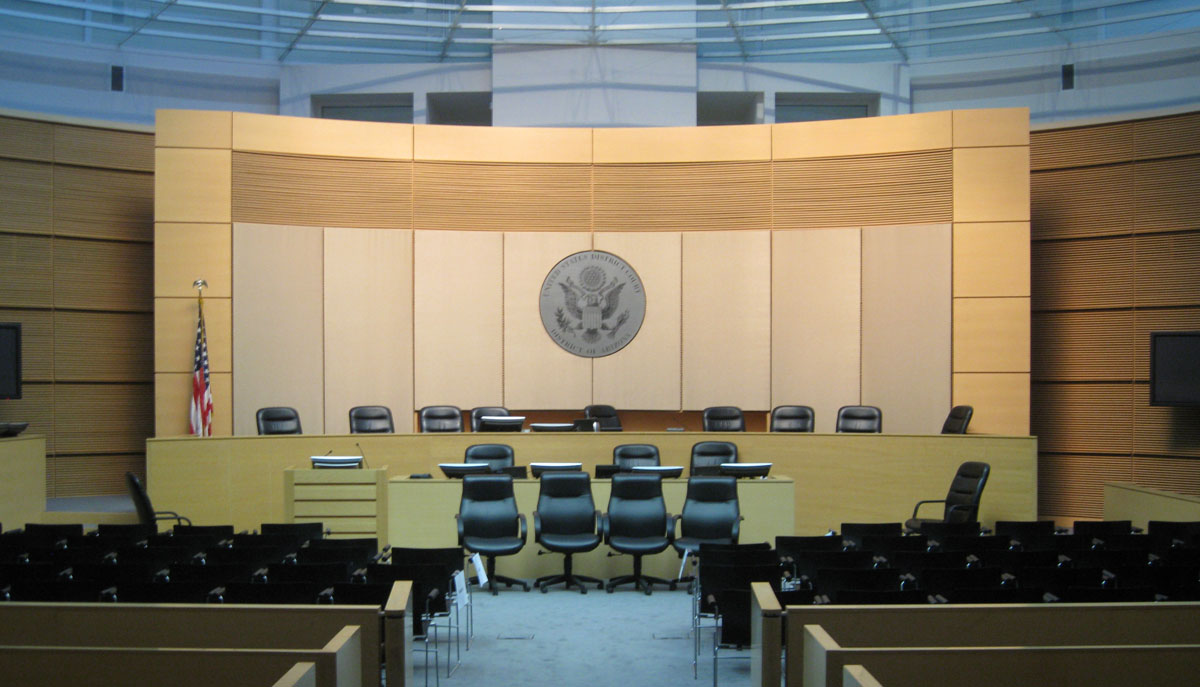Although this year’s presidential primary contests are dominated by the topic of immigration, the focus is on politically charged, hot-button issues like border walls and birthright citizenship. And while the media remains transfixed by the inflammatory rhetoric of some candidates, more mundane yet equally important problems go unaddressed. Case in point: immigration court backlogs. While every political candidate in this year’s races presumably wants to create an immigration system that functions better than the current one, no one has had much to say about one of the most critical, nuts-and-bolts problems with the system we have now: the severe shortage of immigration judges to adjudicate cases.
As the Los Angeles Times notes in an editorial, the shortage of judges has created a massive backlog of cases:
“the workload of the federal immigration court system has increased by 146% to an astounding 453,948 active cases at the end of July. The average amount of time each of those cases has been pending: 627 days. Some have been lingering for years.”
This is more than just a nuisance; it is a problem with profound humanitarian, public safety, and national security consequences. To begin with, long delays keep applicants with valid claims in limbo and hinder their integration into society:
- Judge Dana Leigh Marks, President of the National Association of Immigration Judges, points out that “with long delays, people whose cases will eventually be granted relief suffer.” And, for those without valid claims, backlogs simply delay their departure.
- Long delays cause family separation as well.
- Individuals with cases before the court frequently lack work authorization and can’t contribute financially to their families.
- Many immigrants are detained for the duration of their hearings, including families and children fleeing persecution, which can adversely affect their health.
Furthermore, pressure on judges to accelerate hearings undermines the integrity of the whole system:
- Overburdened judges are more likely to make mistakes when they must make split-second decisions about complex cases.
- Some immigration judges report taking seven minutes on average to decide a case.
- Accelerated proceedings put at risk both children and asylum seekers for whom rushed decisions can mean the difference between life and death.
Repairing this long-standing structural problem with the immigration court system will require more than a tiny fix. Judge Marks argues that it is necessary to double or even triple the size of the immigration courts to adequately handle the actual caseload. And the Los Angeles Times notes that the reason this hasn’t happened already is the inadequate budget allotted to the immigration courts: “immigration enforcement budgets increased 300% from 2002 through 2013, but immigration court budgets rose only 70%.” In other words, the federal government chose to ramp up the volume of immigration cases without giving the court system the staffing and resources needed to keep up.
The Times points out the political cynicism of this budgetary calculation:
“Congress’ failure to overhaul the nation’s immigration system has been a long-running embarrassment. But this is one fix that should be relatively easy. Politicians, particularly Republicans, love to rail about the need to better enforce immigration law. But it takes courts and judges to do that, and without proper staffing, Congress has set up the system to fail.”
Providing the immigration court system with adequate resources and staffing should be a noncontroversial, non-partisan issue upon which just about everyone can agree. But it doesn’t make for good soundbites on the campaign trail, which perhaps explains why it is so seldom mentioned.
Photo by Eric E Johnson.
FILED UNDER: featured, immigration judges, Los Angeles, National Security, Romero-Escobar v. Holder


